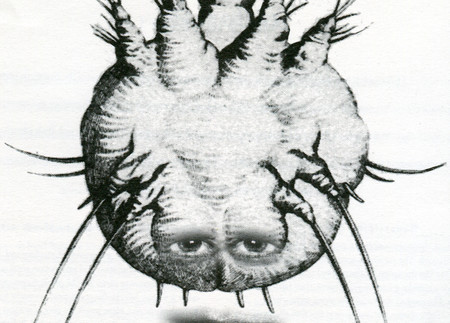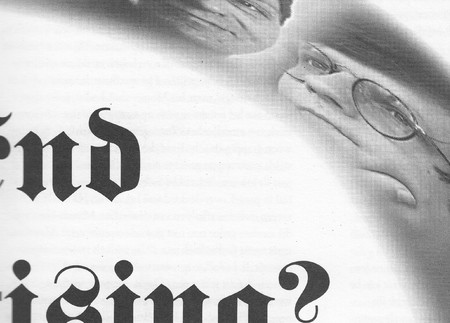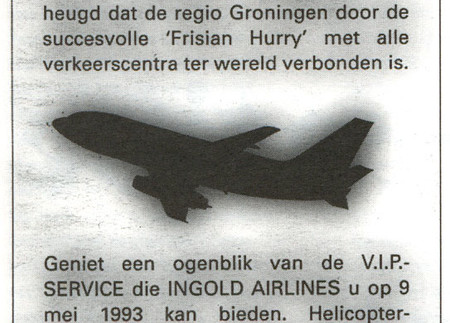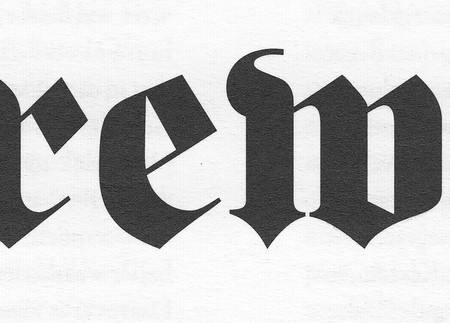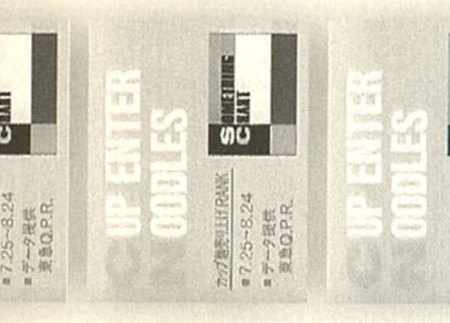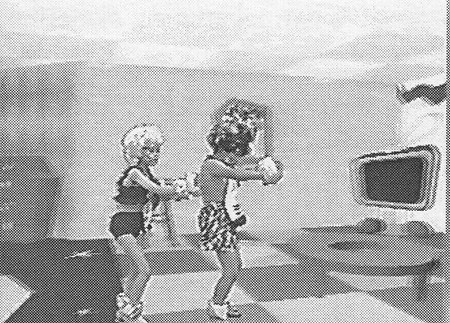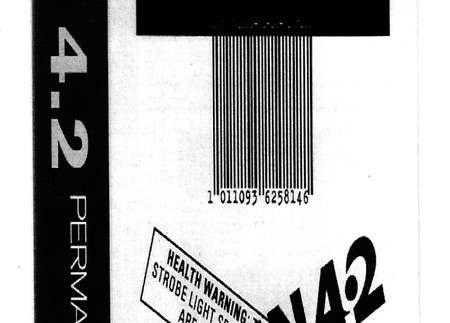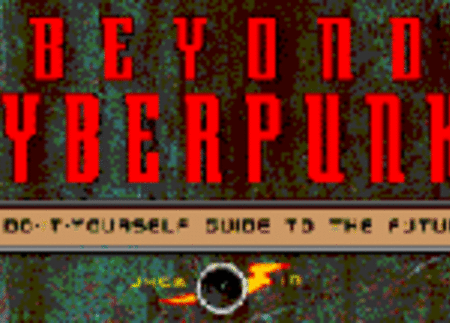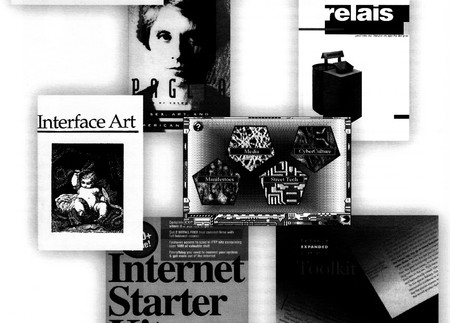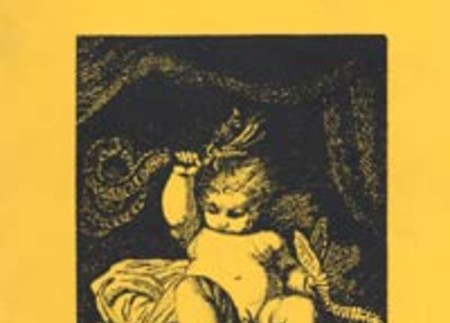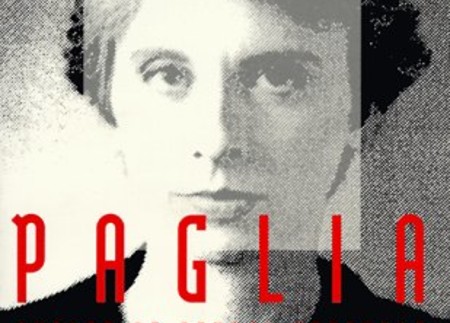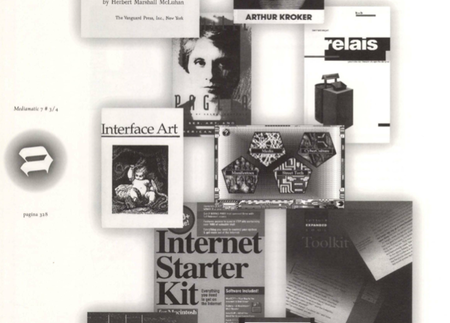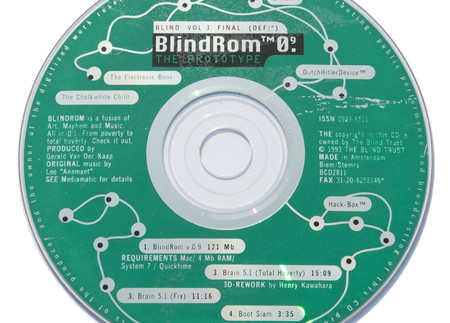Advertising will not last until the twenty first. It grew and flourished at the end of the nineteenth century as a transmitter of product information. At the moment there are a great many indications that advertising is nearing its end. Both advertising and the media environment in which it flourished are undergoing profound changes. Besides, the visual arts are beginning to make use of the tools of advertising. Historically, this is a fateful sign.
Advertising Itself
The most obvious example is Coca-Cola. It hasn't changed much. The cocaine is gone, the recipe is still secret, just like the recipe for the original remedy. After it had been a remedy, it became refreshment, then feeling and lifestyle. The product itself muddles along somewhere between light, classic, diet and cherry. But that all doesn't matter a bit, because the feeling is in the commercials, and has been for a while. In a manner of speaking, one can experience the Coca-Cola feeling just as well with a glass of carrot juice in one's hand.
Do you have to smoke nowadays to be a Marlboro Man? Or is it enough to have a sweatshirt from the Marlboro shop? In any case, the Marlboro Man himself quit smoking (in spite of lowered prices) and is ridiculing Phillip Morris with his support for the anti-smoking front. Benetton has completely quit showing their product in their ads. There is still a vague reference to the cheery colours of the knitware, but it has less and less to do with the image in the ad. Engagement is being sold. The engagement is the same brand as the knitware but the people who hang Benetton's ads in museums and galleries wouldn't be caught dead in one of his sweaters.
Advertising is detaching itself from its original function in society. There are parallels to be drawn with fine art in the nineteenth century, when they began to lead a life of their own. Advertising has wound up in the museums and is being judged for its aesthetic and even ethical qualities with increasing frequency. The business has been congratulating itself more and more often in preceding decades: there are now countless prizes. This is something that we have been seeing in he moribund visual-art world for a century already. The couple of prizes given for 'effective' (demonstrably increasing sales) advertising can be regarded as a rear guard action…
The Media
The structure of the media is also changing: the interactive media are emerging. Experiments are being made with pay-per-view and subscription tv. The number of channels is increasing and the audience is becoming increasingly fragmented. It is becoming more and more difficult for the mass media to deliver a coherent package of viewers to the advertisers.
At the same time, software is expanding and displaying greater differentiation and production costs are dropping. It is becoming easier for the public to get exactly what it wants. Maybe the consumers are ready to pay for it themselves, too. How much are people willing to pay for programs without commercial breaks? Advertising revenues per viewer per program are a couple of dimes, at best. If every viewer can determine for herself whether the programs are interrupted (25 cent discount) or not (normal price) then it is precisely the financially better off who will choose against advertising.
The public has known for a long time that it can get better product information from Ralph Nader and the explosively growing computer networks. For real afficionados, there are still the home shopping channels. The only commercials that will be allowed to stay are those that are entertaining or that provide an opportunity for involvement (at no cost) in global problems. One wonders how long business will be willing to finance it…
Fine Art
Meanwhile, we observe the rise of so called commercial art: ifp, Kostabi, Ingold Airlines, Tempi and Wolf, Premia Ditta, Banca Di Oklahoma srl. All artists that maintain non-existent companies, selling publicity for those companies as art. There is no more product, only publicity:// Le Pub pour l'Art? Le Pub pour le Pub! As we have already claimed in Mediamatic, visual art makes new media old. Because visual art can only work with old media.// The ease with which visual art has befriended advertising lately is symptomatic. It is funny to notice that those artists are hopelessly amateur advertisers. A mild nostalgia is felt in their work. Secondhand mediocrity can only be sold by putting it on the pedestal of an older concept.
The British Ad Council. The National Endowment for the Ads. Sounds familiar. If we put a little less sex in the ads, we'll soon be able to convince politics of the need for government subsidy.
Translation Jim Boekbinder



